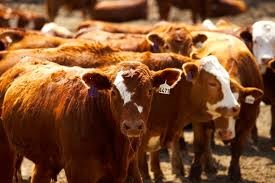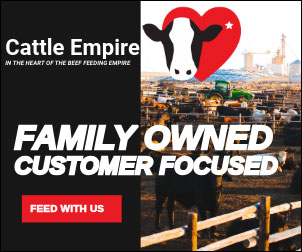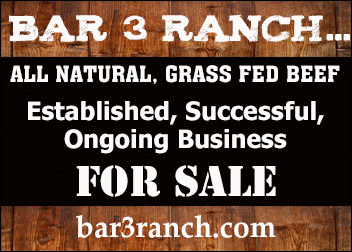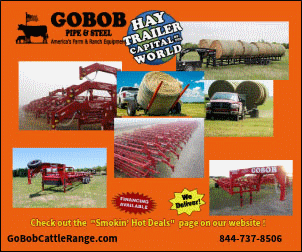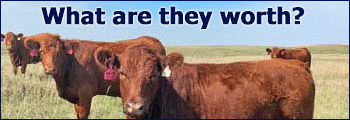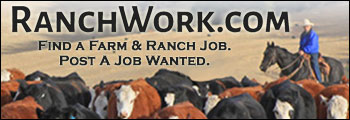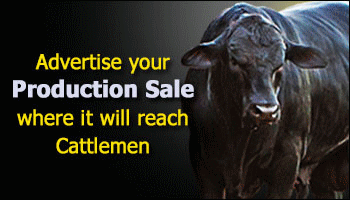"It is important to not forget the fundamentals that explain why the market is at this level and what they say about the coming months."
Derrell S. Peel, Oklahoma State University
Feeder cattle prices continue to push to unimaginable highs leaving producers and traders increasingly nervous. Last week, in Oklahoma auctions, 500-pound, M/L #1 steers brought $451.90/cwt. ($2,260/head) and 800-pound, M/L #1 steers were priced at $352.55/cwt. ($2,820/head). All feeder steers (M/L #1) below 1050 pounds brought more than $300/cwt., those below 600 pounds were priced over $400/cwt. and all below 400 pounds were priced over $500/cwt. Feeder cattle prices, especially lightweight calf prices, have moved unseasonally higher this summer.
I sense that there is a growing feeling that this market is a bubble that is about to burst. While I share the anxiety that goes with the current cattle market, it is important to not forget the fundamentals that explain why the market is at this level and what they say about the coming months.
The calculated feeder cattle supply this year is the smallest in available data for both the January and July Cattle reports. The tight feeder supply is the result of declining calf crops. Calf crops have declined the past seven years and are down 8.8 percent from the cyclical peak in 2018. The 2025 U.S. calf crop is the lowest since 1941. The beef cow herd is at a cyclical (maybe) and multi-decade low and is showing little sign of rebuilding. The closure of the Mexican border adds to the ever-tighter feeder cattle supply. The slow decrease in feedlot inventories in the past two years has, to some extent, masked the fact that feeder supplies were continuing to dwindle. I wrote in this newsletter in October 2024 that “The feeder cattle supply is an increasingly hollow ball that will implode at some point.” Current feeder cattle markets are a reflection of that process continuing to evolve.
So, what happens now? Producer psychology appears to be accelerating the process. Auction volumes for feeder cattle in Oklahoma are up 29.2 percent year over year the past four weeks as producers rush to catch the current market. Large numbers of calves that would normally be fall-run calves in two or three months are being sold early – frequently as unweaned calves. For example, the combined auction category for M/L #1 steers had 12.5 percent of calves commented as “unweaned” last week compared to 8.3 percent the same week last year. And this was with a total volume in the category that was up 64.0 percent year over year, meaning that the number of unweaned calves in this one category was up 147.5 percent from one year ago. Early feeder cattle sales are no doubt aided by good forage conditions and strong cattle performance this growing season.
Changing the timing of the fall run of calves may briefly mask the actual feeder supply situation in the country for a few weeks. Feedlot placements will likely be larger through the third quarter than otherwise would have been the case. The likelihood is that feeder cattle volumes in the fourth quarter will drop noticeably. Stocker and feedlot buyers should not expect seasonally lower feeder prices this fall.
The lingering question in the background continues to be that of heifer retention. With still no indication of significant heifer retention, the implication is that tight feeder supplies must get tighter yet in order to begin the process that will lead to eventual herd rebuilding. Herd rebuilding is slow to start and appears to be slow-paced at this time. This suggests that cattle prices will move higher and remain elevated for an extended period of time with a peak that is still in the future.
